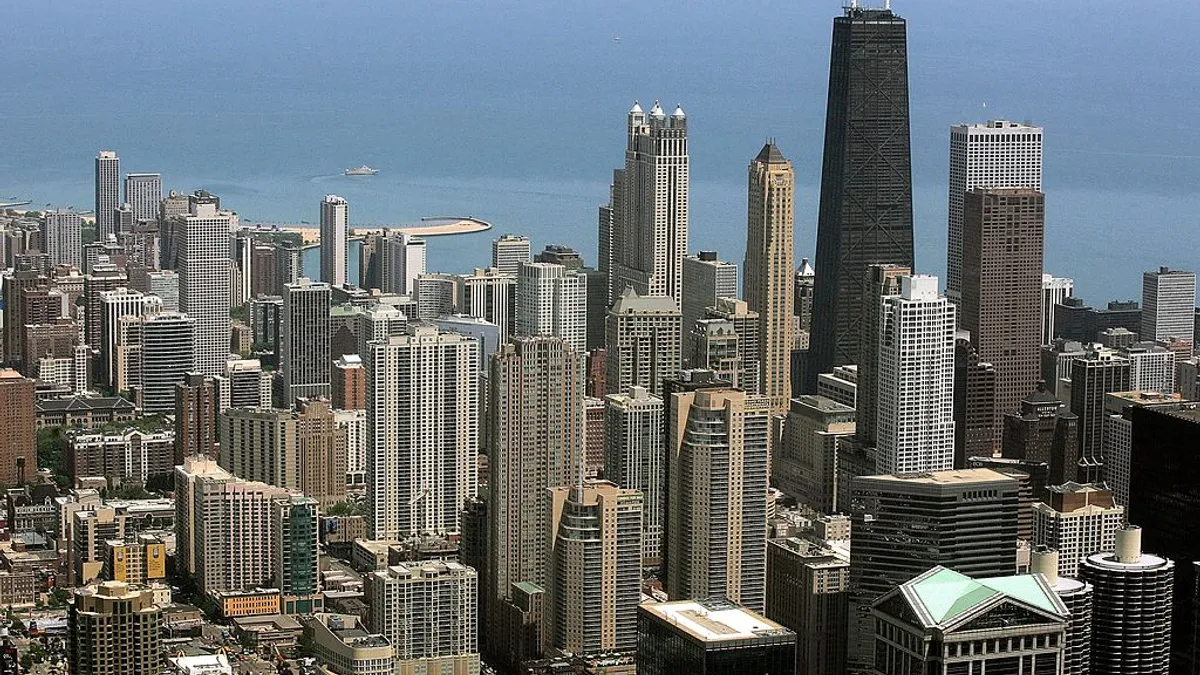Dive Brief
- Chicago Mayor Lori Lightfoot announced the launch of the city’s Digital Equity Council last week, a “community-driven effort” to help tackle the digital divide.
- The local digital divide is a racial equity issue, according to the city, as the communities with the lowest connectivity rates are on average over 90% Black. The council plans to create a community engagement strategy to help close that gap.
- The group will be led by community leaders, community-based organizations, digital equity experts and government entities. They will include representatives from local communities across the city to help ensure “that Chicagoans most burdened by the digital divide are at the table and centered in decision-making," the city stated in a press release.
Dive Insight
While Chicago's new council attempts to address the digital divide at the local level, the federal government recently rolled out new efforts to close the gap nationally as well. President Joe Biden announced on Monday that 20 internet companies have agreed to provide discounted internet service to low-income individuals. The effort could potentially provide free service for tens of millions of households, with about 40% of U.S. residents qualifying.
In the wake of historic federal investments in broadband – including Biden’s $65 billion investment through the bipartisan infrastructure law – and the heightened focus on the digital divide from local governments, a new group of municipal officials also formed last week to advocate for municipal broadband networks.
Chicago’s digital equity council stems from an existing local broadband program that has connected 64,000 public school students to at-home high-speed internet and the city plans to utilize federal broadband investments to help pay for the city's connectivity work. Chicago was one of many cities – including San Francisco and Hopewell, Virginia – to scramble with new solutions amid the pandemic to help get students online for remote learning.
“Far too many Americans, especially Black Americans, remain on the wrong side of the digital divide. From the West Side to the South Side, and all-around Chicago, this leaves them unable to fully participate in our modern society, including the many professional, educational, health, and social opportunities that the Internet offers,” said Federal Communications Commission Commissioner Geoffrey Starks in a statement.
Over the next six months, the city’s digital equity council plans to facilitate a series of “community conversations.” That effort will address barriers to digital equity, community assets and digital equity, and resources and co-creating solutions to achieve digital equity, the city stated.
The council, which will focus its work on areas with the lower rates of at-home internet connectivity, will provide opportunities for people to share ideas through both digital and in-person or “paper-based channels.” Events will also be offered in English and Spanish.
And as other cities also work to address the digital divide, local leaders should seek to educate targeted communities about the value of being connected and having technology in the home before rolling out any kind of plan, said Andrew Wells, Chicago Urban League vice president of workforce development and co-chair of the city’s digital equity council.












